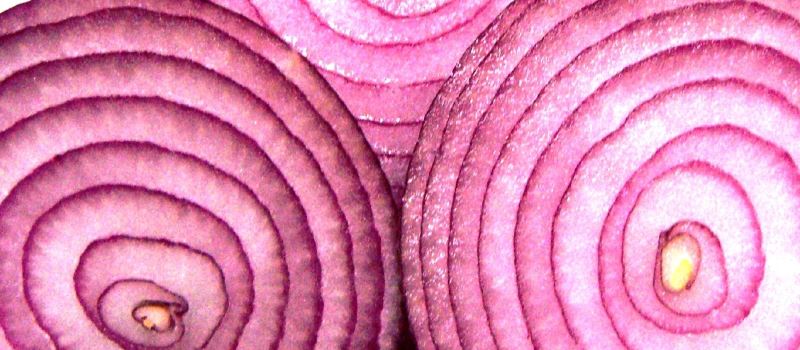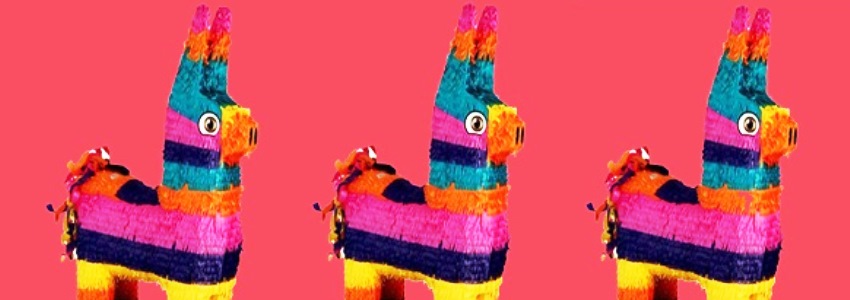
Arts greatest stats
- 20 Oct 2016
Statistics play a vital role in providing evidence of the value of the arts – whether you are demonstrating the benefit of a project, a program or the benefits of arts participation and attendance in general.
Statistics can also help with advocacy, support improvements to a project, program or an arts and cultural infrastructure project and can be used to support applications to government or private sector investors.
Arts Queensland has previously summarised a number of data sets to support artists, arts workers and organisations to advocate the value of the arts.
If you missed some of these, we’ve pulled together some of our most popular:
Arts in Daily Life

What is it?
How do Queenslanders engage in the arts, what do we think of the arts and how are our behaviours and attitudes changing? Commissioned in partnership with the Australia Council for the Arts, this research includes data on attendance at and participation in the arts, attitudes to the arts and participation in Indigenous arts. Queensland regional summaries are also included.
Who should look at this data?
Anyone who wants to advocate for the importance of arts and culture in people’s daily lives, in their local community and in society more broadly. The data is useful for arts makers, producers and companies, policy makers, local government and for the arts and cultural sector as a whole. Queensland regional summaries might be of interest to people looking at opportunities in their area.
The rings of value

What is it?
The rings of value provides an overview of different types and levels of arts and cultural data – from ABS general population statistics to funded outcome report data – and looks at the interconnectedness of this data and the role it plays in advocacy.
Who should look at this data?
Anyone who wants an overview of the cultural data landscape and what data is available (with links).
And the medal goes to… the Gold Coast
 What is it?
What is it?
Did you know Gold Coast has the highest arts participation of any region in Queensland across art forms? The Australia Council commissioned the Australian Bureau of Statistics (ABS) to prepare its Cultural Attendance and Participation data at the sub-state geographic region Statistical Area Level 4 (SA4).
Why use this data?
If you want to know how your local region compares to other regions, or if you are an arts organisation wanting to use data about attendance and participation in your region for advocacy, this is the data to use.
10 facts about Queensland cultural jobs

What is it?
Using Australian Bureau of Statistics data, we list the top 10 facts about cultural occupations and cultural and non-cultural jobs in cultural industries in Queensland.
Why use this data?
Do you need a figure for how many people work in the cultural industries or in cultural occupations? This data provides an overview of what is considered a cultural job, how many people are employed in Queensland, diversity in employment and where they are employed.
Data Pinata

What is it?
In 2015, Australia Council for the Arts released Arts Nation: An Overview of Australian Arts 2015. Arts Nation puts forward a set of national indicators to increase understanding of the Australian arts industry and encourage national dialogue about arts and culture now and in the future.
Who should look at this data?
The resource is valuable for anyone working in the arts sector or with an interest in the arts and covers, participation, attendance, consumer spending, information about artists and arts, Australian arts internationally, Aboriginal and Torres Strait Islander arts and the cultural economy. Don’t forget to look at the Arts Nation Technical Appendix – lots of great discussion and links to further research.

